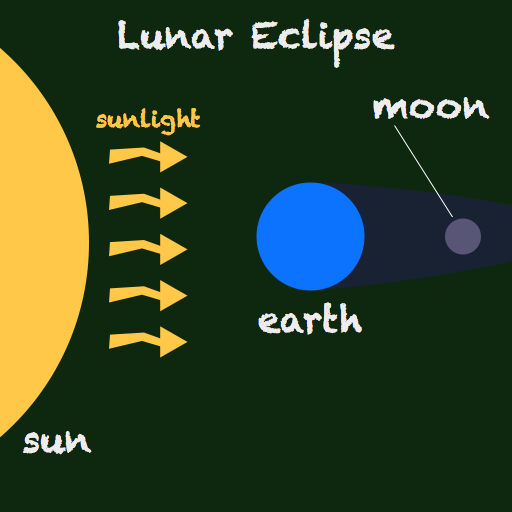A yoga practitioner is a seeker and the means employed to that seeking is called Sadhana, while the seeker is a sadhaka. Sadhana is integral to the identity of the yoga practice: in fact, it is the summation of yogic practice.
Whatever the path chosen, whether it be hatha yoga through Asana, karma yoga through action, Bhakti yoga through devotion, jnana yoga through knowledge or Dhyan yoga through meditation, all are Sadhana towards the ultimate goal. Sadhana is usually a spiritual discipline, wherein the end purpose is not necessarily always
so. It can be used to attain short term material goals as well. Human nature is such that we need to feel a sense of purpose and achievement or getting somewhere, even if the goal is to do nothing at all. Sadhana is the answer. It offers a purpose in which the doing and doer merge to become one until an attained soul emerges. A Sadhaka applies studious discipline to convert the mind and body actions into Sadhana, and finally the sadhaka and Sadhana emerge from the doing to becoming that which is to be achieved.
Sadhana requires ekagrata- one pointed focus, which is part of the yogic progression: dharana- sixth step of ashtanga/ eight limbs of yoga. The seeker that is immersed in Sadhana is called a sadhu.
Spiritual Sadhana is an undertaking of the divine manifestation within each human soul in its effort to liberate from the cycle of birth and death to experience eternal truth.
Sadhana can be brought into everyday life- by dedication of all action towards a goal: which could be anything from attaining physical health to eventual nirvana.
Even mundane actions like cleaning the physical body, nourishing it and caring for it can be classified under Sadhana, as long as these actions are conducted in the mindful spirit of dedication to a higher goal. The Yoga School offers an understanding of Sadhana through its workshop to understand this connection: learn how to create a yogic lifestyle by the use of Asana, pranayama, meditations(chakra Sadhana and yoga Nidra), shatkarma(cleansing/detox methods) and applied Ayurveda principles to diet, while taking the effects of the seasons and cycles of nature, the solar, lunar influence into consideration; creating daily routine(Dinacharya), thus creating Sadhana in daily routine existence. The aim is to apply the sthula(gross) body towards unfolding the consciousness of the karana(causal)body and sukshma(subtle) body.
Tip: The lunar eclipse today 31st January 2018 is a good time for Sadhana practice of Japa meditation: chanting mantra. It is said that at the time of eclipse, all Sadhana multiplies manifold as the Moon, Earth and Sun are in unnatural alignment- the flux of the earth is subject to change. https://arxiv.org/pdf/1408.1761.pdf
Attachments area



